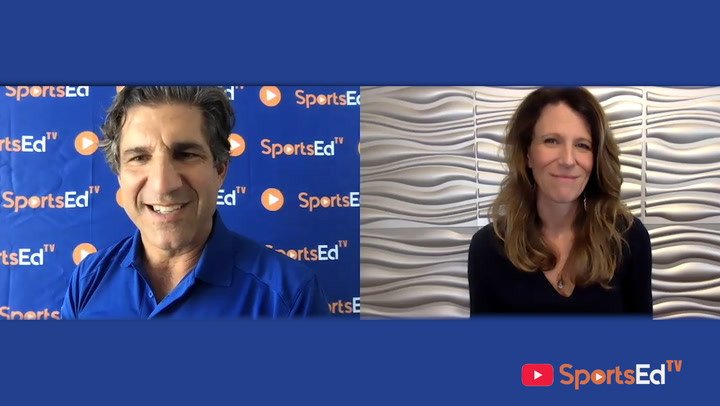Golf
Welcome and thanks for visiting...

Simple steps to teaching green reading to juniors By: Bill Dando, PGA

The title of this encouragement is a little misleading. It should read, “The Simple Step to Teaching Green Reading to Juniors”. It is so simple you don’t even need the supervision of a PGA Professional. All you will need is the approval of the greens committee and the golf course superintendent to NOT cut the greens on the morning of junior golf day. I’m always a little perplexed when I have experienced teens express their frustration on not being confident reading putts. But I understand why some are challenged with this important aspect of playing this incredible game. We strive to provide the very best for our kids; the best instruction, equipment, course exposure and certainly the very best course conditions (namely, putting surfaces). Unfortunately, the very best is keeping them from being their very best.
In order to provide exceptional putting greens, they need to be cut each day. Hey, I get it, there’s nothing better than to see your golf ball roll smoothly at a nice quick pace, straight into the hole. But, with the greens being cut first thing in the morning not only do they remove extra growth from the previous day, but it also removes moisture. And that moisture is one of the best coaches in the world for teaching junior golfers how to read putts. They may not make the correct read if they are the first in the group to putt. But they will see the trail that the ball created as it cuts through the moisture on the putting surface; Re-enforcing the proper break to their previous putt while also giving insight to what their next putt will do. Not only will they learn, the members of their playing group will learn as well. Which teaches another great skill to successful putting; Paying attention to how your playing partners ball reacts as it heads to the hole. We call it “going to school”. Now, the rules of golf prohibit a player from standing directly behind your playing partners direct line, but as soon as he/she makes their stroke, you are permitted to position yourself to see which way the putt breaks. Which could be a wonderful benefit to helping you be successful with your upcoming putt.
What I’m describing is one of the most impactful learning methods; It’s called “visual learning”. Unfortunately, this incredible method is being underdeveloped in our younger players because of our desire to give them the best. In the case to support this article, the best putting surfaces.
Let me encourage you to meet with your greens committee chairman and the course superintendent and see if they would be on board with not cutting the greens (at least 9 holes) the morning of junior golf. So, that you would expose your juniors to a learning style that will last them forever, not only on the golf course, but in life.





